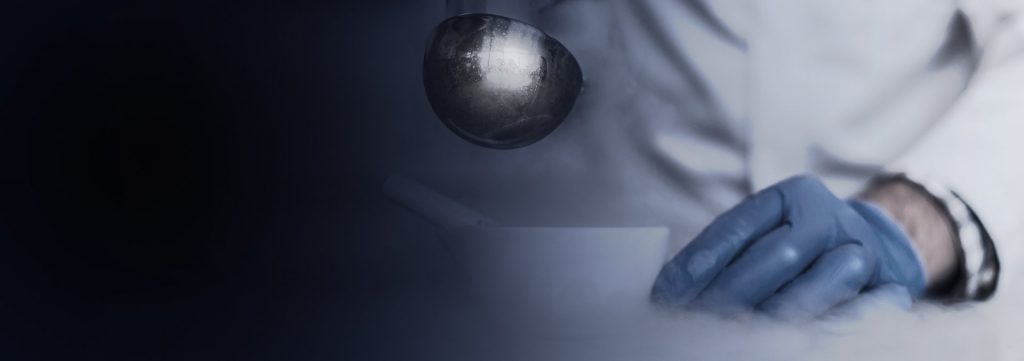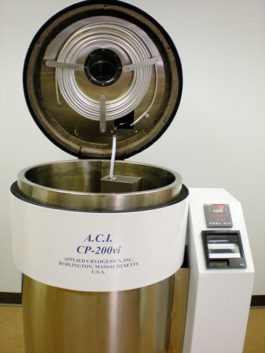Cryogenics as a Service or use our Systems
Explore a myriad of materials that foster learning and industry insights. Be empowered with our extensive resource collection.

Cryogenic Services
Gain in-depth understanding about the current industry trends.
Metals have long been subjected to thermal processing with heat treatment being one of the oldest methods of altering the characteristics of a metal. Such treatment is carried out to achieve positive change in tensile strength, compressive strength, and toughness.
It’s important to understand that the crystal structure of a metal is not uniform. Imperfections are introduced in its structure by way of the processes that are used to give metals a useful form, these processes can be rolling, forging or casting. The imperfections may include variations in spacing, discontinuities, and more.
Since parts that are heat treated have built up residual stresses, this can cause warping and dimensional change if enough heat and vibration is applied to the metal. Cryogenic processing helps relieve the residual stresses and subsequently reduces the risk of warping or dimensional change.
What is cryogenic processing?
Cryogenic processing or cryogenic hardening as it’s also called is simply the modification of a material or component using cryogenic temperature. It provides vast improvements over cold treatment processes as they utilize dry ice and alcohol. Conventional cold treatment can only achieve temperatures of 178ºK (-140ºF, -96ºC).
Studies performed by the Illinois Institute of Technology Research Institute for the US Army Aviation and Missile Command have shown that cryogenic treatments can provide an improvement in metal performance above that provided by cold treatment.
Regardless of just how perfect the production process may have been, flaws in the final material will remain. These imperfections in the metal are often caused by inconsistent treatment, variances in the raw materials, and a variety of other factors.
At the heart of cryogenics is the causation of change in the crystalline lattice of atoms that make up metals like steel. The shape of this lattice is set by the alloys in the metal and the manner in which it’s cast, forged or later treated.
The atoms in this lattice are bound together but they have empty spaces between them. In order to achieve the theoretical correct distance between these atoms, the temperature of the crystalline structure has to be lowered so that the crystalline structure can become more nearly ideal. Cryogenic processing requires gradual cooling and eventual reheating of the metals in a precisely controlled manner to force the flaws in the lattice to correct themselves. What isn’t cryogenic processing?
Conventional cold treatment of metals can’t be called cryogenic processing. . Dry ice and alcohol can only manage to achieve temperatures of -140ºF, these are not considered to be cryogenic temperatures.
Liquid nitrogen is one of the most commonly used cryogens It’s capable of reaching temperatures as low as −320°F. The cryogenic hardening process can only take place at such low temperatures which is why treatments that do not meet these specifics can’t be considered cryogenic.
Many are also under the assumption that cryogenic processing is a coating. This couldn’t be further from the truth. The treatment affects the entire volume of the part. Since it’s not a coating, cryogenic hardening doesn’t go away when the part is machined or sharpened.

Applications
Wear parts (brakes and Engines)
Tools- Bits Cutters Knives Gear Hobbers Brakes
Musical Instruments
HIFI Audio
Grinding Wheels
Carbide Tools
Electrodes
Racing Engine

Systems
We use our own systems, and offer a completely supported machine option for higher volume users.
